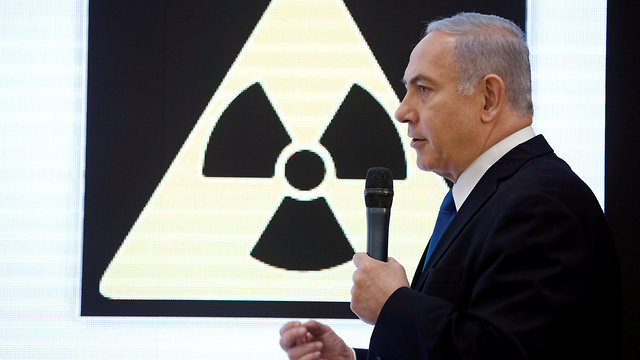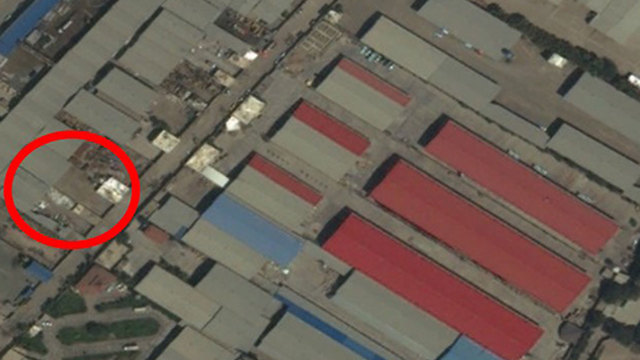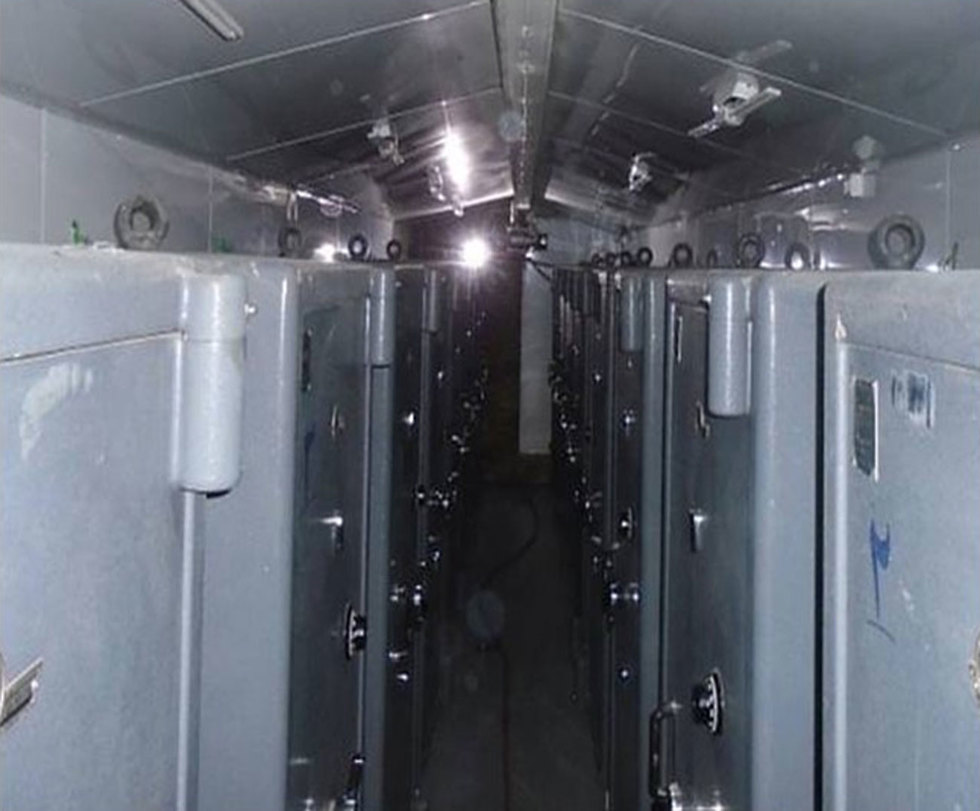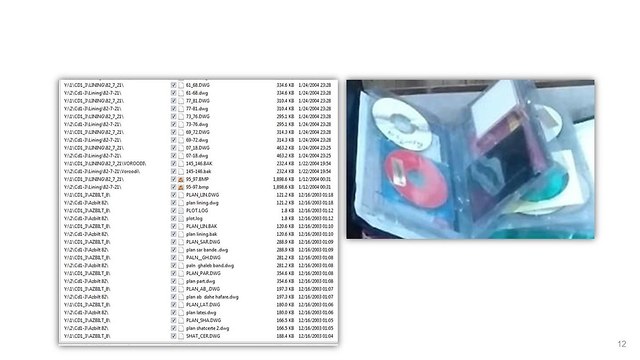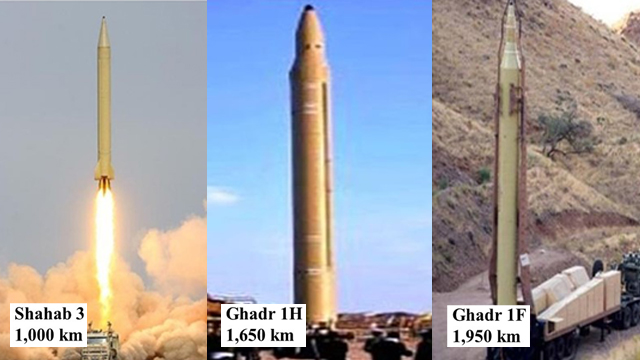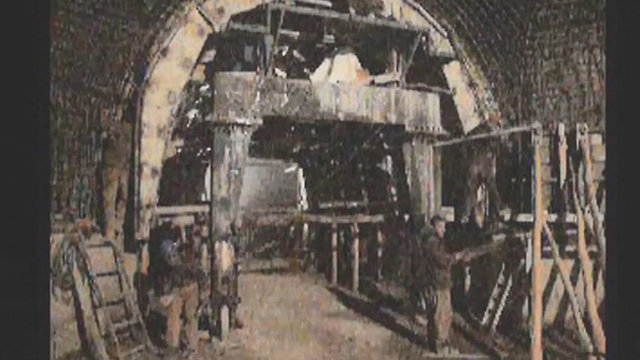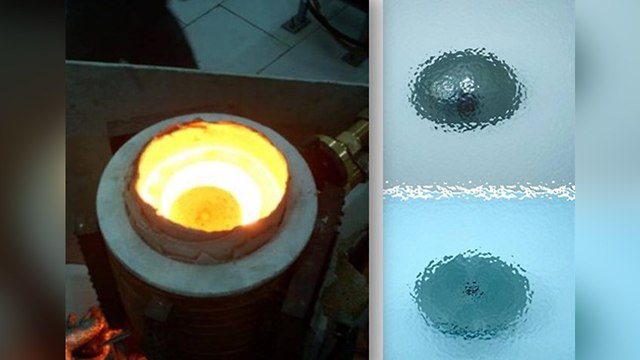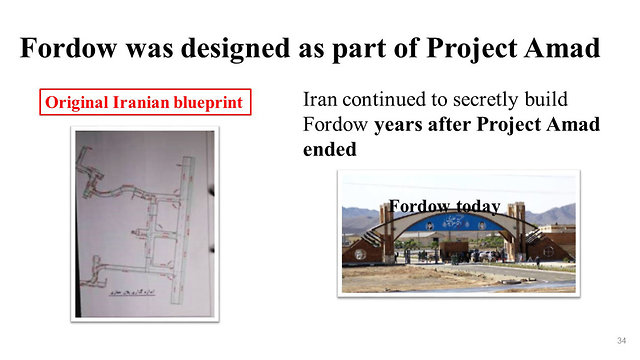
Iranians were on Mossad agents' tail during operation to retrieve nuclear archive
New details emerge about the covert operation to procure Tehran's nuclear secrets, dubbed as a 'treasure trove'; Netanyahu says UK, Germany, France, China, Russia and the IAEA were invited to Israel to examine documents.
The archive—which includes 55,000 pages and 50,000 additional files on 183 CDs—was brought to Israel last February, two years after Israeli intelligence learned of its existence and began planning the operation to seize it.
According to a senior intelligence official, the Iranians tried to make the facility housing the archive, which was located in an industrial area in the Shorabad district of Tehran, appear like an old abandoned storage space to hide its true purpose.
Mossad agents nevertheless found it and reportedly went to procure the archive from the facility on January 31, 2018. According to an intelligence official, the Iranians learned of the break in at some stage of the operation, tried to locate the documents and CDs, and were even "on the tail" of the Mossad agents.
The intelligence official said the number of Iranian officials who knew about the existence of the archive—which included documents about Iran's nuclear activity over the previous 15 years—was so small that Tehran was stunned by the fact someone had been able to infiltrate it.
Ten days after the break in, Iran sent a drone from Syria into Israel, in what was possibly a response to the Mossad operation.
The senior intelligence official dubbed the archive a "treasure trove," saying Israel has never obtained such a large amount of materials in one operation.
He further noted the Mossad was unable to retrieve all documents hidden at the archive because "it would've been too heavy."
A massive team of analysts, nuclear experts and Farsi speakers were recruited to analyze and translate the seized documents. The Mossad also reportedly sought help from the Military Intelligence Directorate.
The intelligence official said the work of extracting all of the secrets hidden within the archive was a significant professional challenge, and noted there is much work left to do.
He added that the information already gleaned from the documents is very significant and includes new details.
"This archive gives us a lot of new details about the weapons program, and serves as proof on an entirely different level to the existence of such a weapons program, its characteristics and Iranian planning," he said.
The official noted that the "truly incriminating photographs could not really be presented to the public, because they show how a nuclear weapon is built. There is equipment Iran should not have, and they will have to provide explanations for this."
The senior intelligence official also rejected criticism from former Mossad deputy chief Ram Ben Barak, who claimed that publicly exposing these materials caused great security damage. The official insisted the release of the materials was done in coordination with the Mossad and other intelligence bodies, and that sensitive information was not exposed.
"They know exactly what we took," a senior diplomatic official confirmed. "There's no exposure and no damage. The entire presentation was coordinated with the head of the Mossad."
Since the arrival of the archive in Israel, senior officials have been holding discussions about what to do with it. Some advocated leaking it to foreign media—as Israel has done in the past—to ensure it goes public without its reveal being directly linked to Israel. Eventually, however, the decision was made to have Netanyahu publicly reveal the existence of the archive, with intelligence officials insisting this does not endanger sources or operation methods.
Netanyahu himself spoke about the translation of the documents with Fox & Friends on Tuesday.
"It's a 100,000 plus documents—a huge trove as you say. It's in Farsi, we had to put translators on it, professional people who understand these scientific and technological things, so it took us a while to do it," he explained. "I met President Trump in early March. I described to him what we have. I said we will immediately give all this information to the United States, which we did, so we've been examining it simultaneously here in Israel and in America."
In a press briefing on Tuesday, Netanyahu said foreign delegations will arrive in Israel over the weekend to examine the Iranian archive.
"I invited Britain, France and Germany," the prime minister said. "They expressed great interest, and they are sending delegations of professionals over the weekend. I told (Russian) President Putin that he too is invited to see the materials, and we also called the Chinese and the International Atomic Energy Agency (IAEA)."
"We brought new materials on Iran's military nuclear program and turned the question marks into exclamation marks," he added.
During a speech at the Kirya IDF headquarters on Monday evening, Netanyahu revealed that Mossad agents were able to smuggle 100,000 documents out of Iran concerning Project Amad—Tehran's secret nuclear program between 1999-2003.
"This is an original Iranian presentation from these files, and here’s the mission statement: Design, produce and test five warheads, each with ten kiloton TNT yield for integration on a missile," the prime minister said. "That’s like five Hiroshima bombs to be put on ballistic missiles."
Later, Netanyahu presented a spreadsheet from the project that includes plans for centrifuge enrichment and designs for nuclear payloads on missiles.
The prime talked about the pressure Iran was under to stop its project, saying Tehran "was forced to shelve Project Amad. But it didn’t shelve its nuclear ambitions."
Netanyahu's main assertion was that Iran has and continues to lie about its nuclear program, and so the nuclear agreement signed with it should be nixed.










